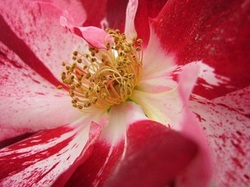
Interestingly in the UK it is called 'Crazy for You' and doesn't appear to be as hardy as here. It is a cross between Roller Coaster and Altissimo with the best traits of both, but thrives in heat. It's hard to find now in the nurseries but it can be bought bare root in the spring from David Austin Roses or own root in quart pots year round from High Country Roses.
Fourth of July was bred by Tom Carruth, the uncrowned King of the American rose world. He has created more All-America roses than any living hybridizer and at 59 has more awards to come.
His life is an old fashioned American success story. At 10 he announced to his parents he wanted to work with flowers, not a usual career choice in the small Texas Panhandle town of Pampa where he grew up. He started as a kid selling seeds for Burpee on commission in the summer, then spent most of the money he earned buying a collection of roses from one of the nursery catalogs sent to him as a Burpee representative.
His purchase began a lifelong love of roses that has made him a hot commodity in the hybridizing world. This year he won his 14th All American rose award and was awarded the Luther Burbank Award for outstanding achievement in the area of plant breeding by the American Horticultural Society.
His horticultural start was fairly rocky. He couldn’t afford out-of state college tuition so enrolled at North Texas State, lived at home and took a full load of courses while working 40 hours a week stocking shelves in a pharmacy. Junior year he enrolled at Texas A&M and supported himself with higher paying carpet installation jobs. Crucially, the now famous J.C. Raulston, had just been hired as a horticulture professor at A&M. He helped Carruth to get a scholarship as a teaching assistant and encouraged him to aim for an masters degree in plant breeding.
Carruth’s first job was in Jackson & Perkins’ research department, this was followed by a stint hybridizing greenhouse roses for another nursery and then consulting for private rose gardens (including Bette Middler’s) before being offered a position with Weeks Roses, initially as a sales rep. It was a step beneath his goals but he recognized the value of learning first hand what rose customers were looking for. Three years later, in 1989, he was promoted to the position of full-time rose breeder, and he since has put Weeks roses on the rose hybridizing map.
It usually takes 9 to 11 years to create a newly hybridized rose, after heading Weeks’ research department for only 8 years Carruth won his first All-America Rose Selections award in 1997 with 'Scentimental,' a madly striped Floribunda rose. In 1999, he won with two roses -- 'Betty Boop' and 'Fourth of July'.
After a four-year pause, Carruth won again with 'Hot Cocoa,' and the next year, he won his first Hybrid Tea award for 'Memorial Day.’ He took an early mentor’s advice to introduce as soon as possible his recently hybridized roses into his hybridizing platform, and in 2005, he won his sixth All-America award for the gold and bronze 'About Face,' for which 'Hot Cocoa' was a parent when it was only 2 years old. His other All-America Rose Selections include 'Julia Child,' and 'Wild Blue Yonder.'
If you’re considering planting roses, the All American Selections are a good place to start as they've already proved their abilities to stand up to annoying diseases. Here is a list of some recent winners in alphabetical order:-
'About Face.' Gold and bronze, for which Hot Cocoa served as the parent.
'Betty Boop.' Single-petaled and bicolored Floribunda (sprays of blossoms per stem) with shades of red and white.
'Cinco de Mayo.' An All-America in 2009, it's a floribunda bloom factory with an appealing apple fragrance and unusual lavender and rusty orange blooms that blend well with other colors in the garden. A great low, free-blooming border.
‘Dick Clark' (of "American Bandstand" fame). A grandiflora (multiple blossoms sprayed atop each stem) that Carruth says is a chameleon among roses with black-red buds that spiral open to reveal swirls of cream with petals’ edges washed vibrant cherry pink. The blossoms then fade to blush-burgundy and finally dark red. In looks it is similar to 'Granada,' but on steroids.
'Easy Does It.' A free-blooming floribunda from England and the All-America for 2010 has frilly whimsical petals in colors of mango-orange, peach pink and ripe apricot. It looks good enough to eat.
'Fourth of July.' Red and white climbing rose.
'Gemini.' 2000 All-American winer that is also one of the highest-rated by the American Rose Society. It is one of the most beautiful hybrid tea roses available today, a tall upright bush with blooms of cream and deep coral.
'Hot Cocoa.' An All-America in 2003, it was a color breakthrough in the rose world. Its colors combine chocolate and deep rust with an overlay of hazy velvety smoked tones. Fragrant blooms are frilly and appear with regularity above glossy green foliage, the plants are resistant to common rose ailments.
'Julia Child.' Butter-yellow and sweetly fragrant Floribunda that was a 2006 All-American winner. The wavy petals form old-fashioned blossoms that appear all summer long. Because it has sprays of flowers, just three stems constitute an immediate arrangement.
'Memorial Day.' Heavily petaled orchard pink Hybrid Tea rose with strongly scented blossoms. An undisputed hit in areas with hotter-than-normal summers.
'Moondance.' A Floribunda rose, was hybridized by Keith Zary of Jackson & Perkins. Tall, upright plants produce sprays of pure white blossoms with a light fragrance. Petal count is between 25 and 30 per blossom.
'Rainbow Knock Out.' A Shrub rose that's a direct descendant of the famous 'Knock Out,’ hybridized by amateur Bill Radler, it is less stridently colored than its ancestor with small, single blossoms that are an ever-changing display of coral, yellow, pink and cream. It's a medium to low compact grower, doesn’t seem to be as disease resistant as the original.
'Strike It Rich.' Another Tom Carruth introduction, a Grandiflora rose of considerable beauty with sprays of large, double, informal blossoms of deep golden yellow with orange-pink overlays. Blossoms have around 30 petals per bloom, are sweetly fruity and occur regularly. Medium size with abundant dark green disease-resistant foliage. All-America 2007
'Walking on Sunshine.' Hybridized by Keith Zary of Jackson & Perkins. A bulletproof floribunda with fragrant yellow flowers. Although it has only 25 petals per blossom, they form a mass of ruffles as their colors fade, creating a multi-toned effect.
'Wild Blue Yonder.' Deeply fragrant Grandiflora with ruffled red-purple blossoms and a lavender eye. A lavender-toned rose hadn't won an AARS award in more than 20 years.
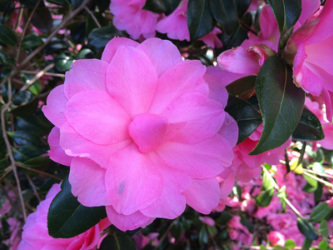
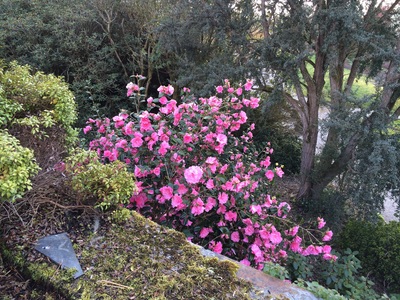
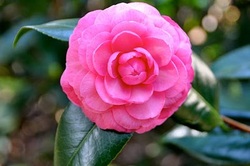
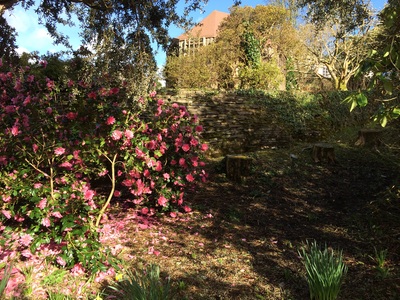
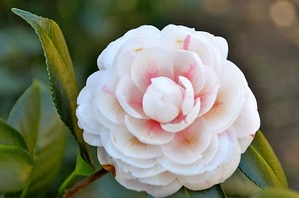
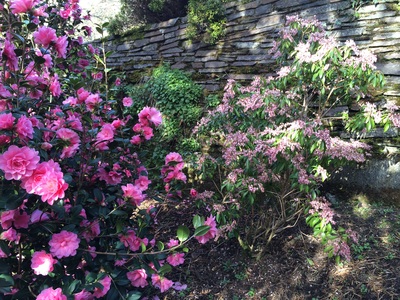
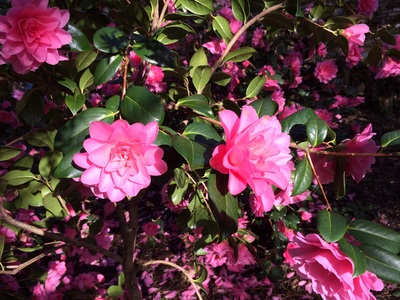
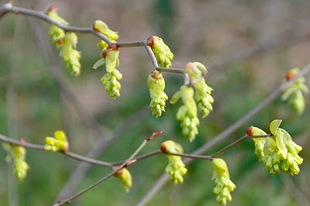
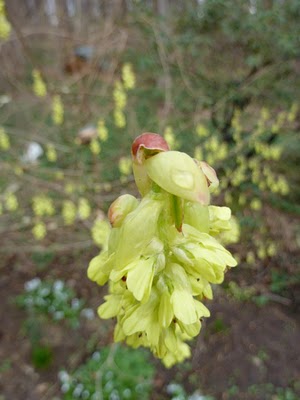
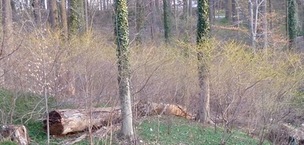
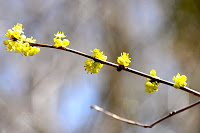
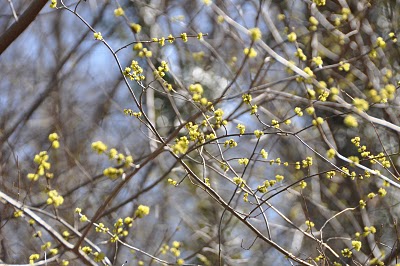
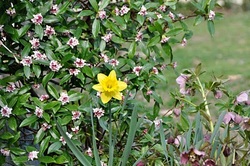
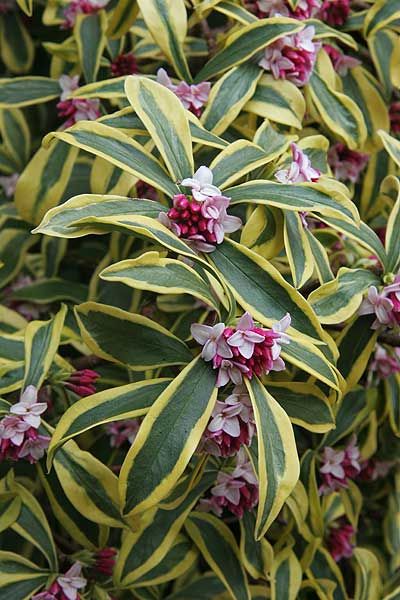
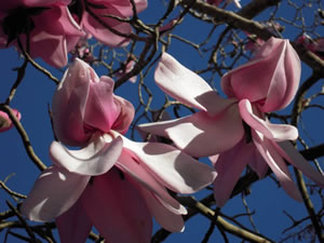
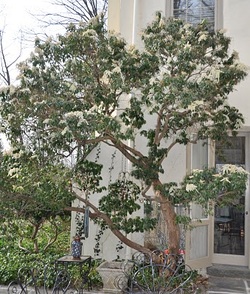
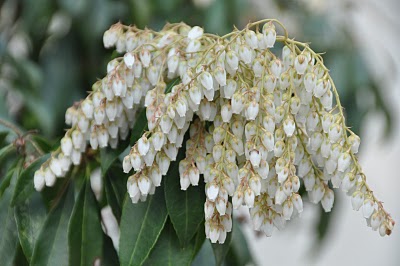
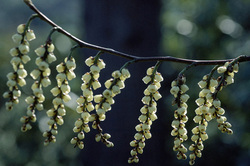
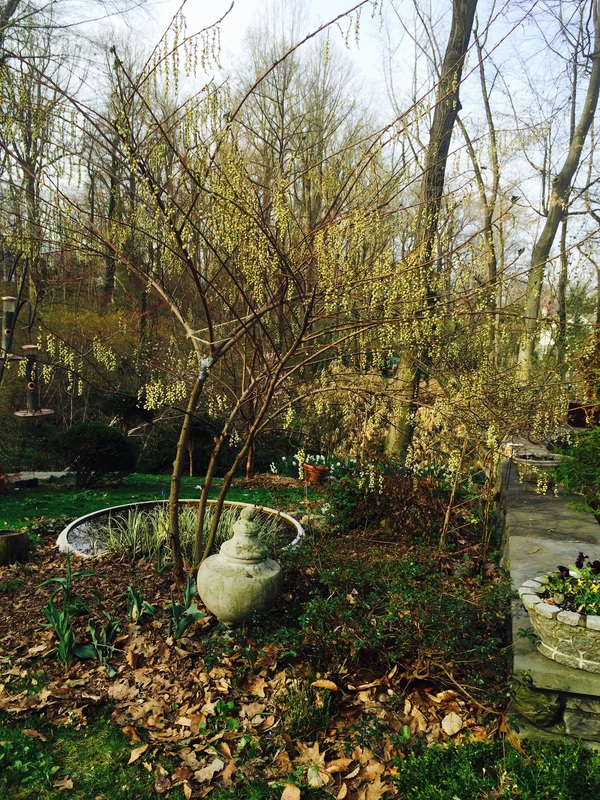
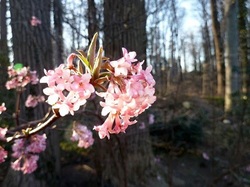
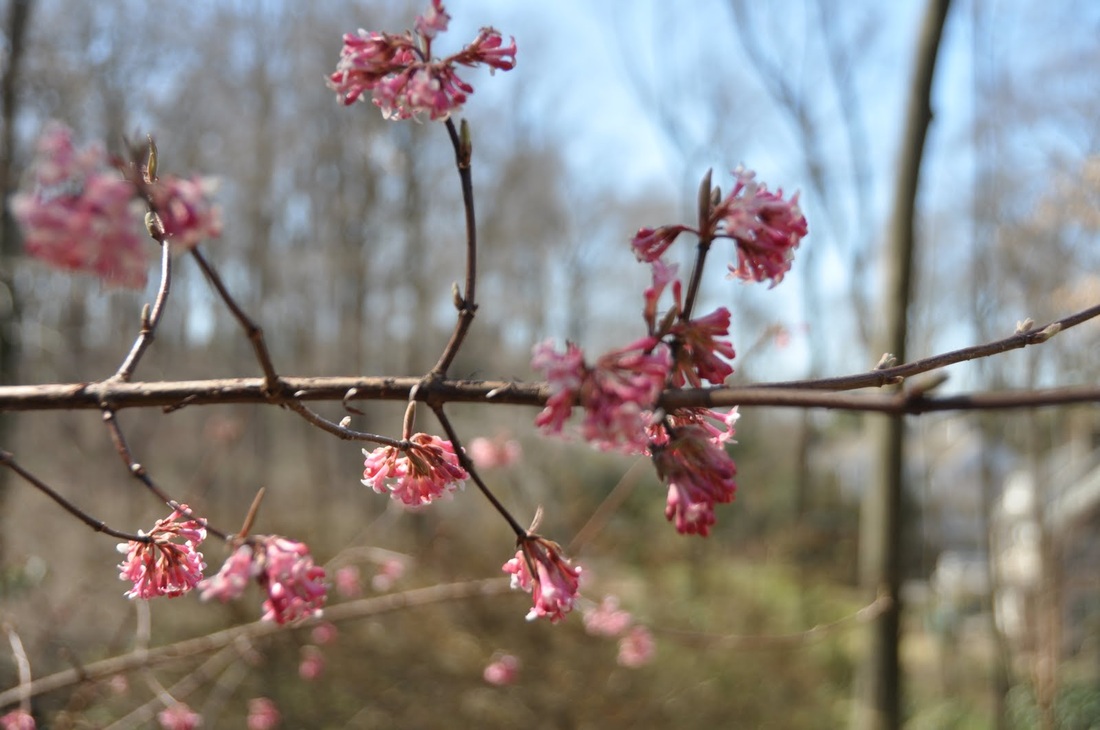
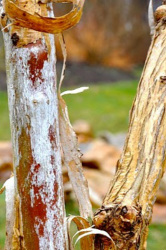
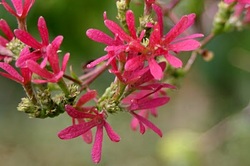
 RSS Feed
RSS Feed
